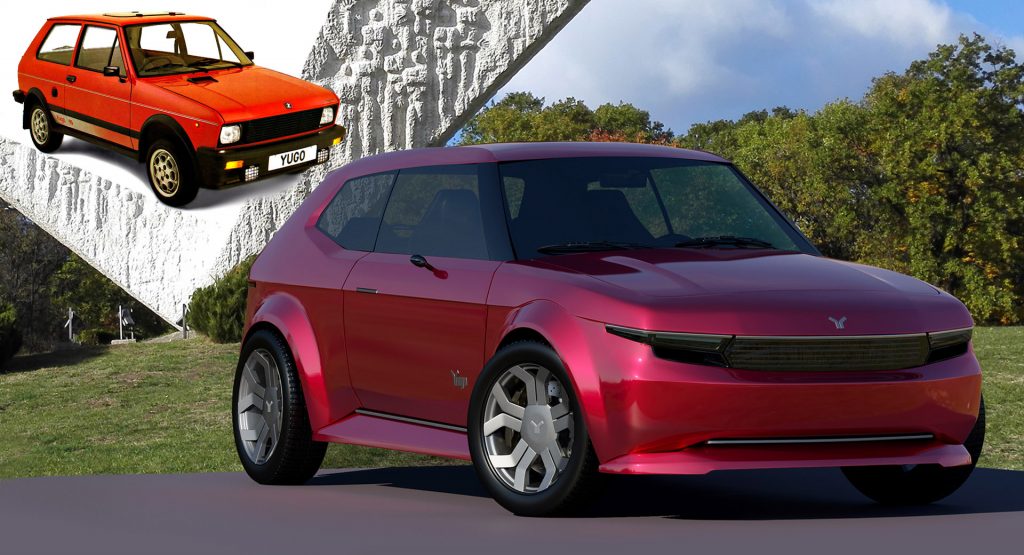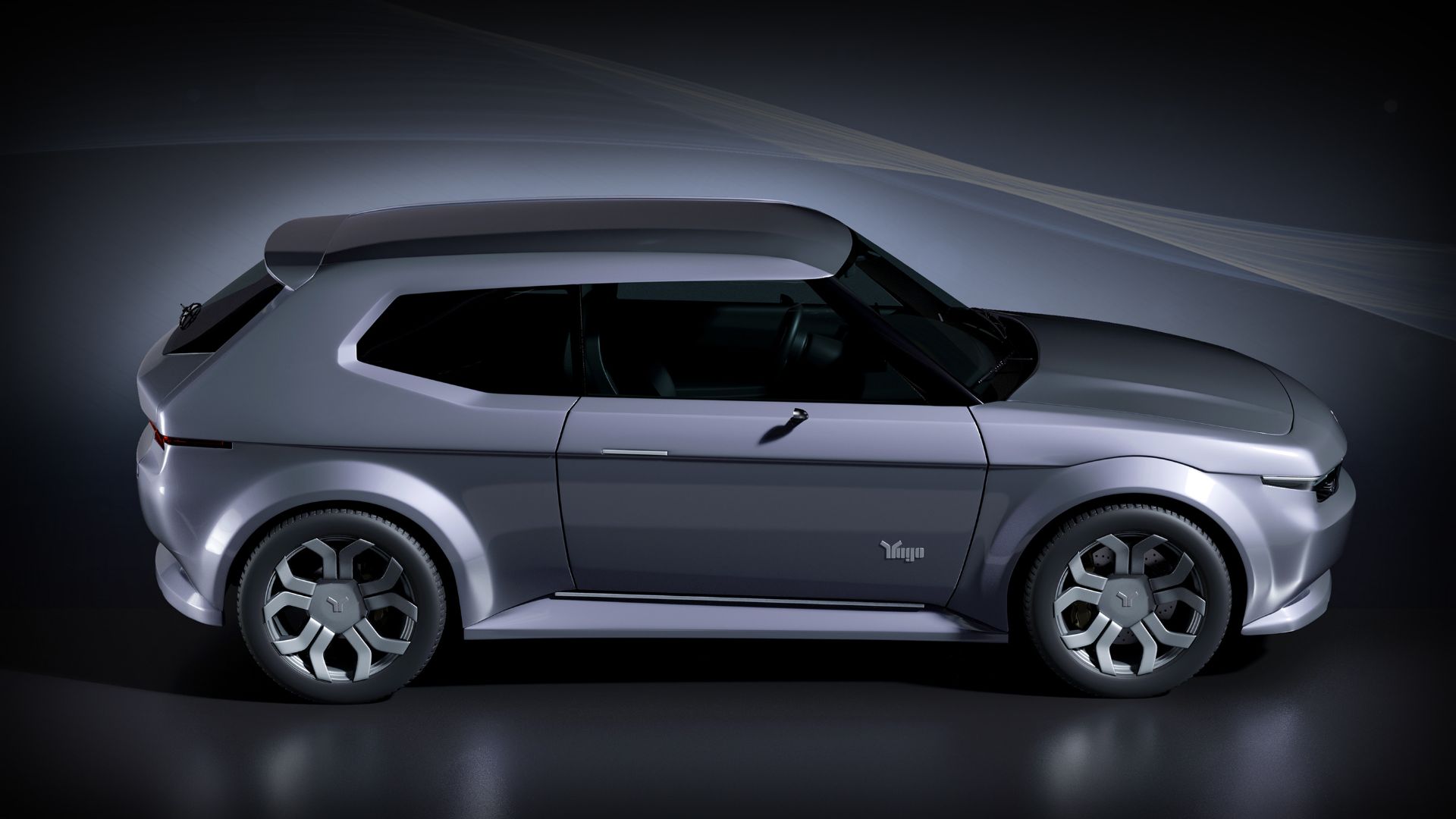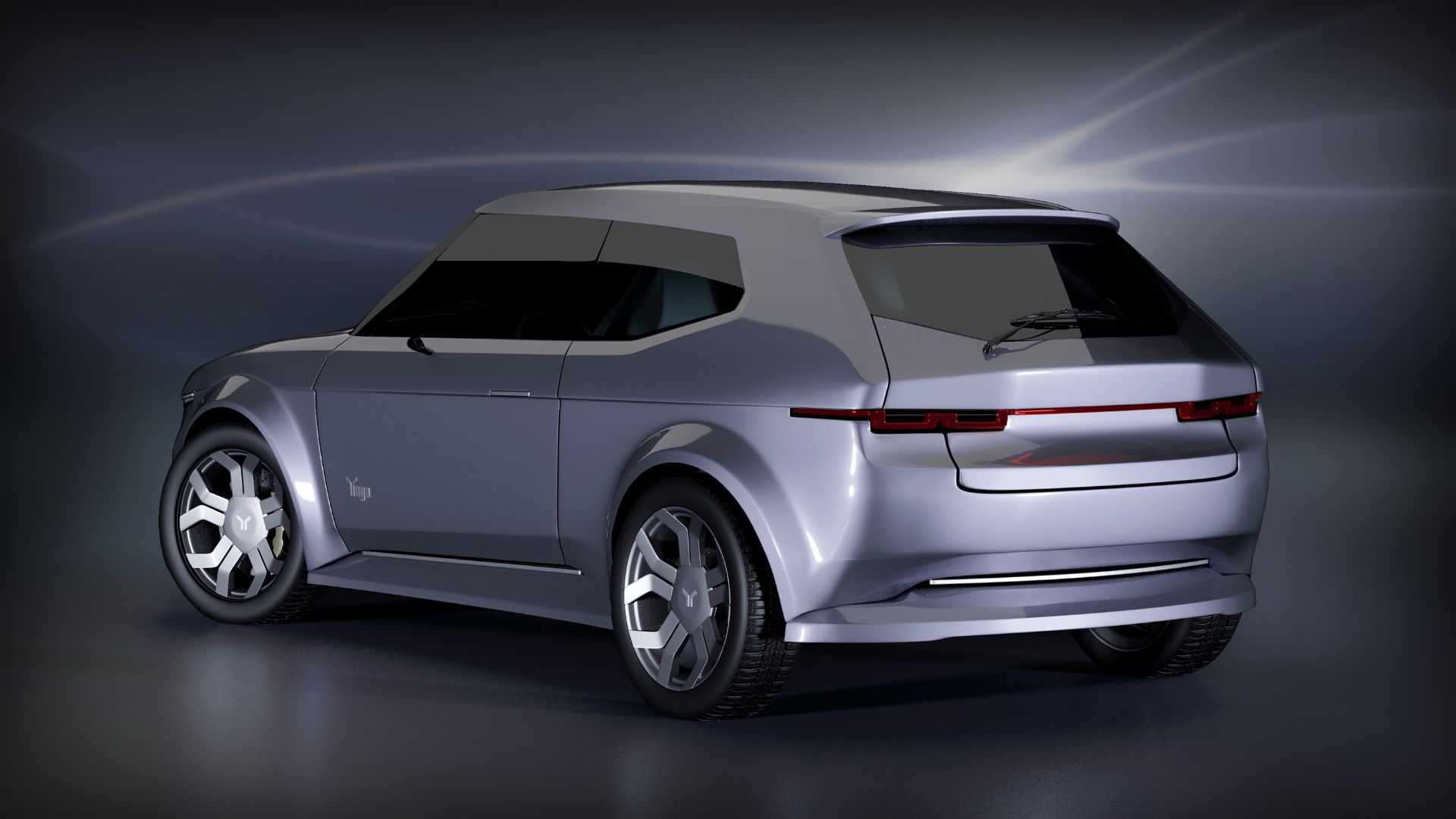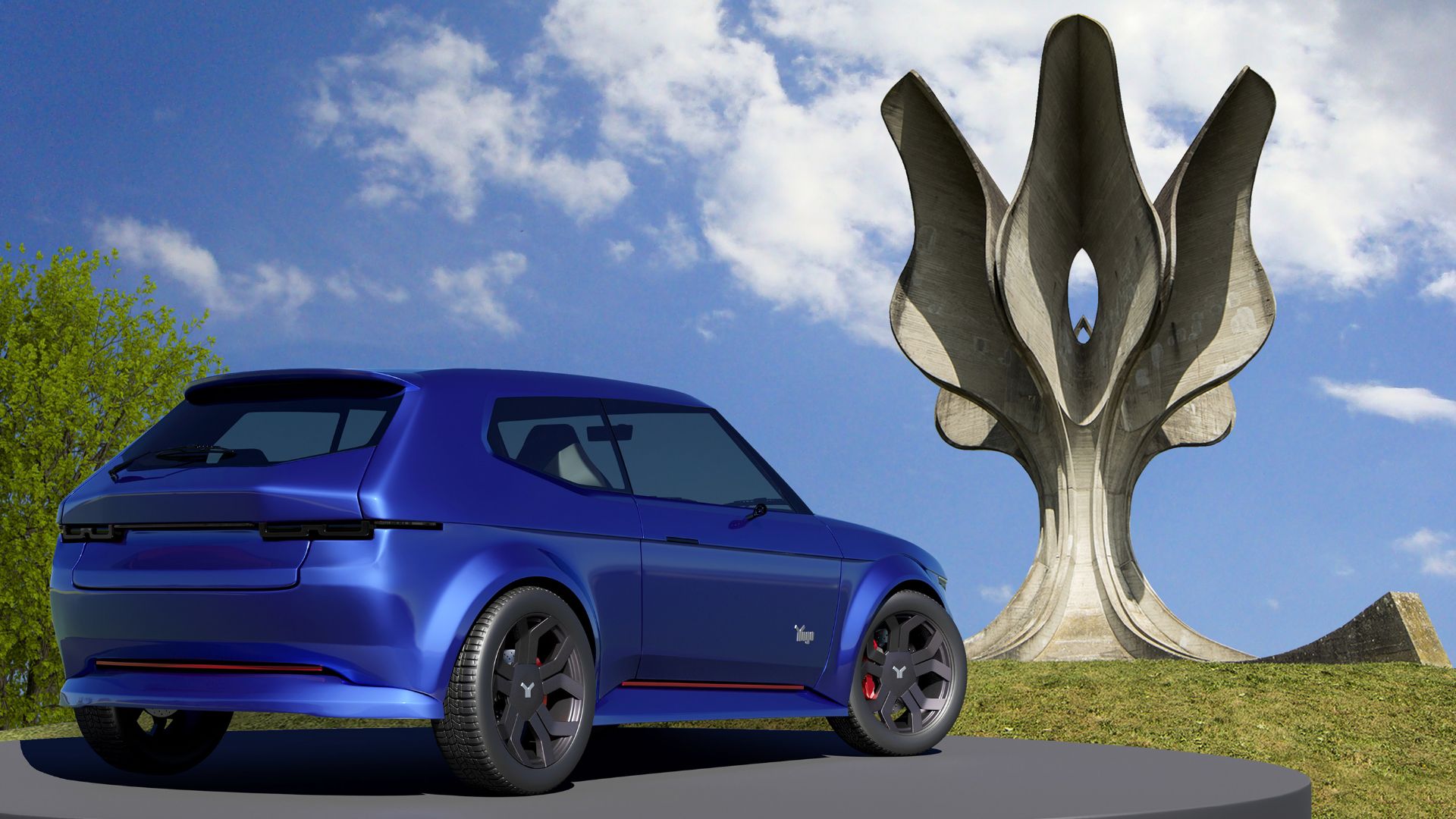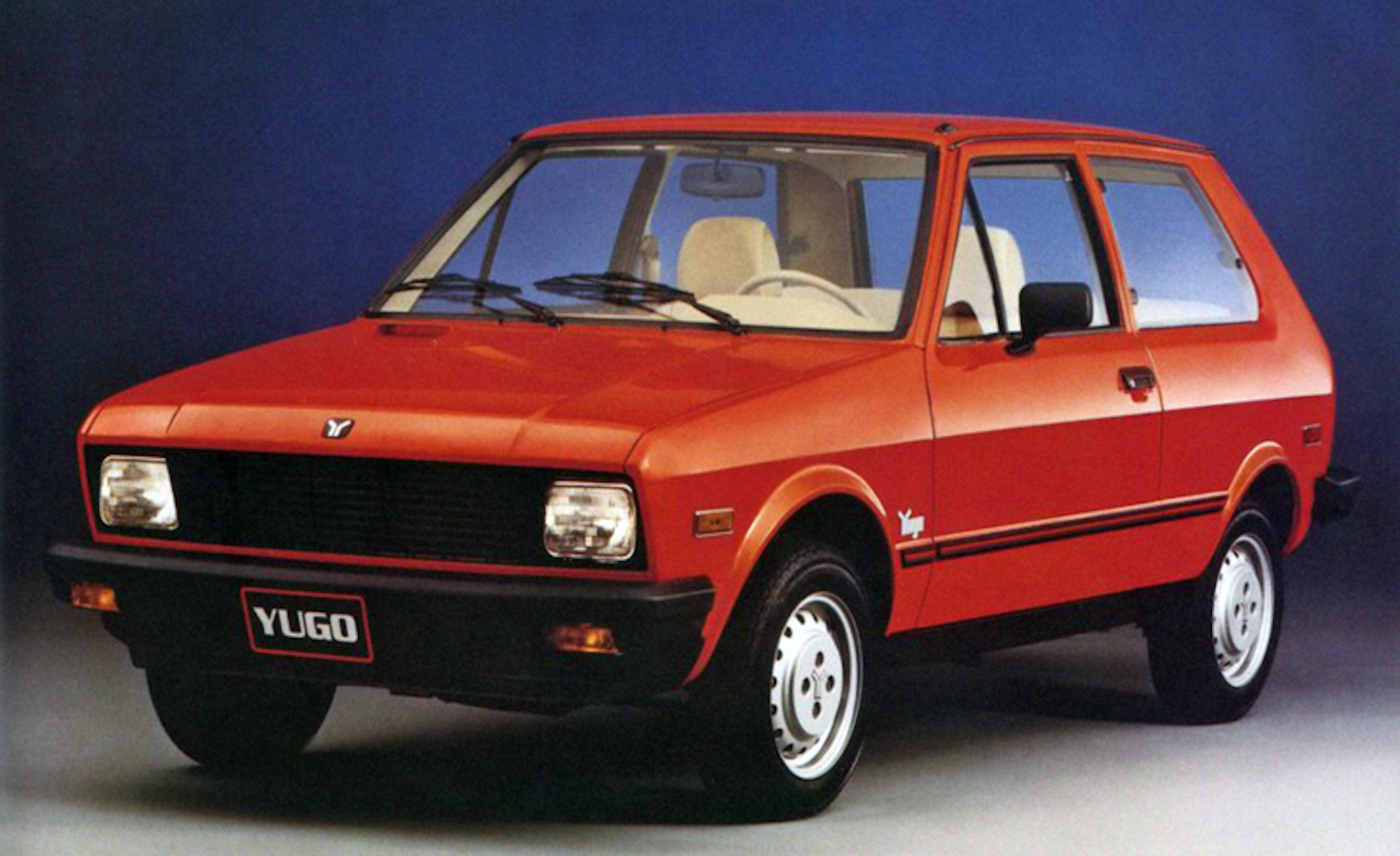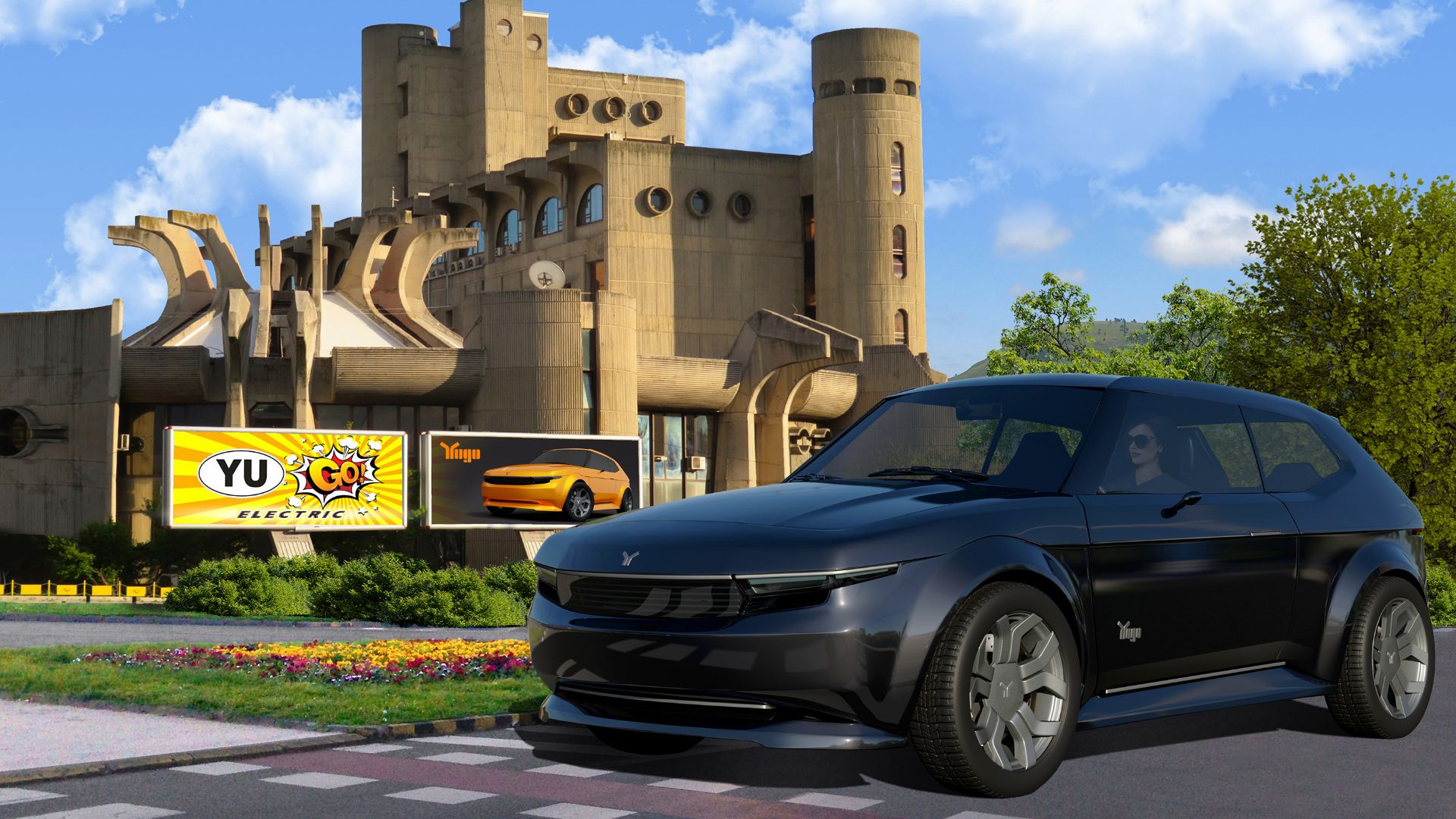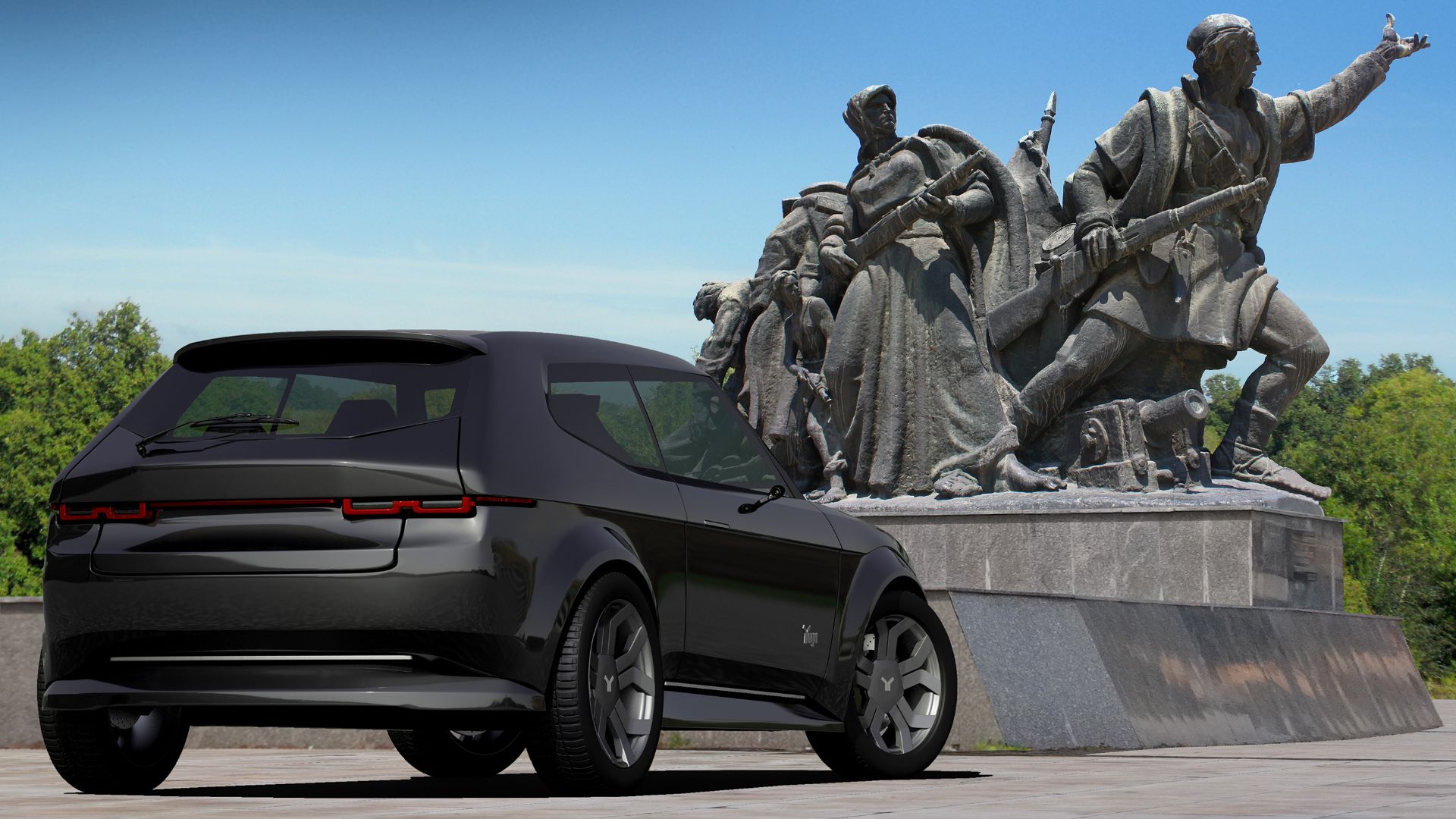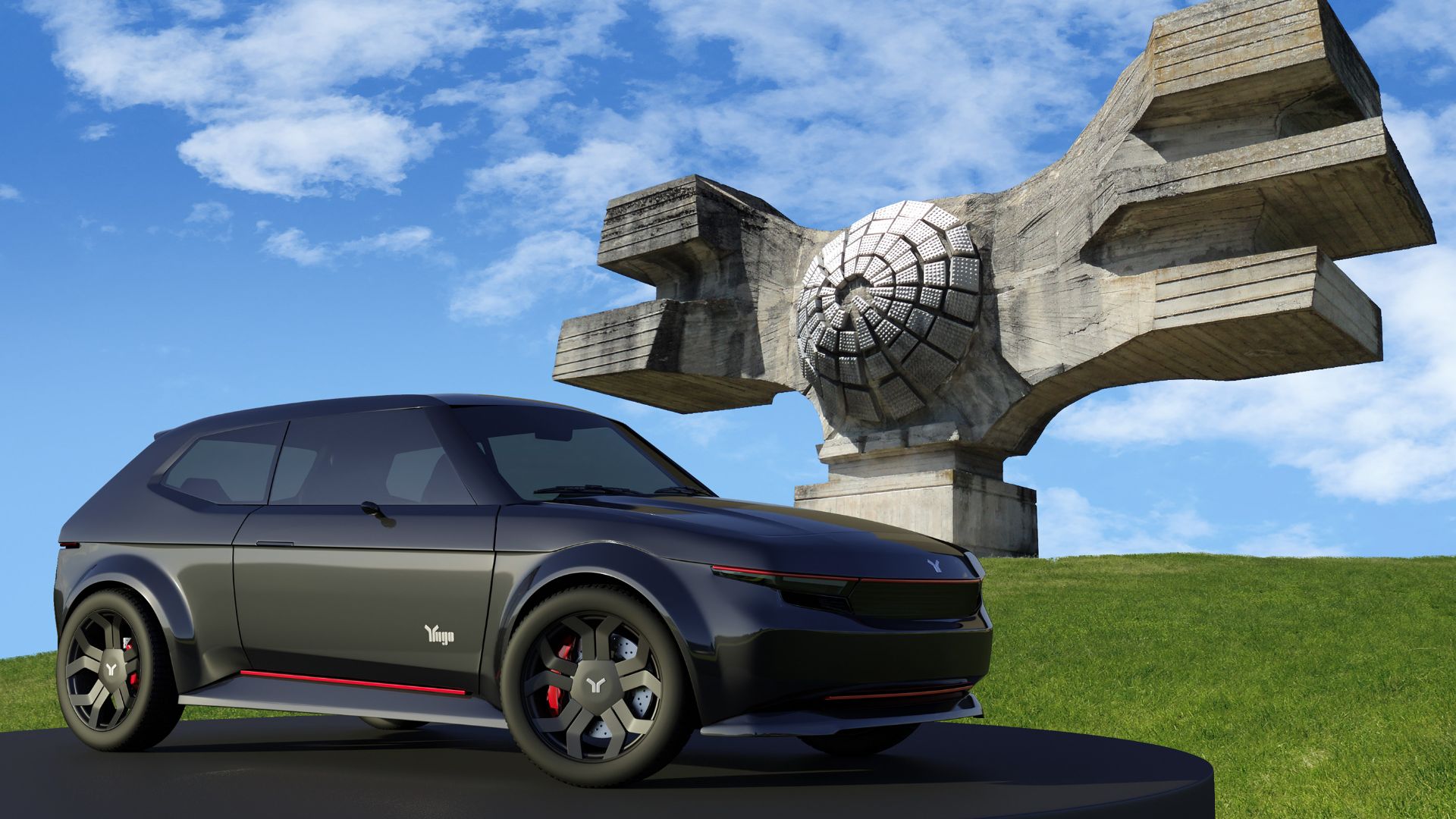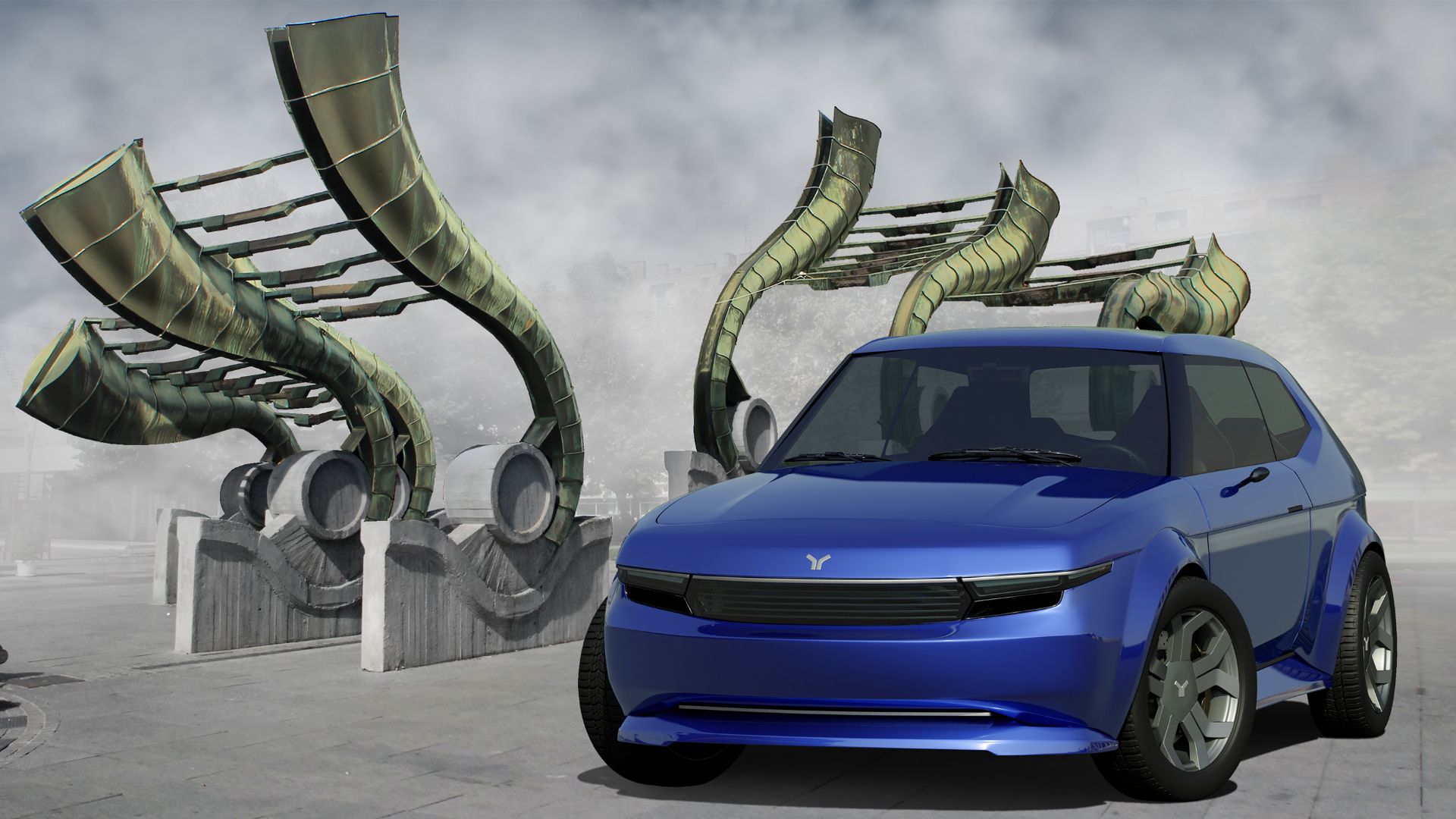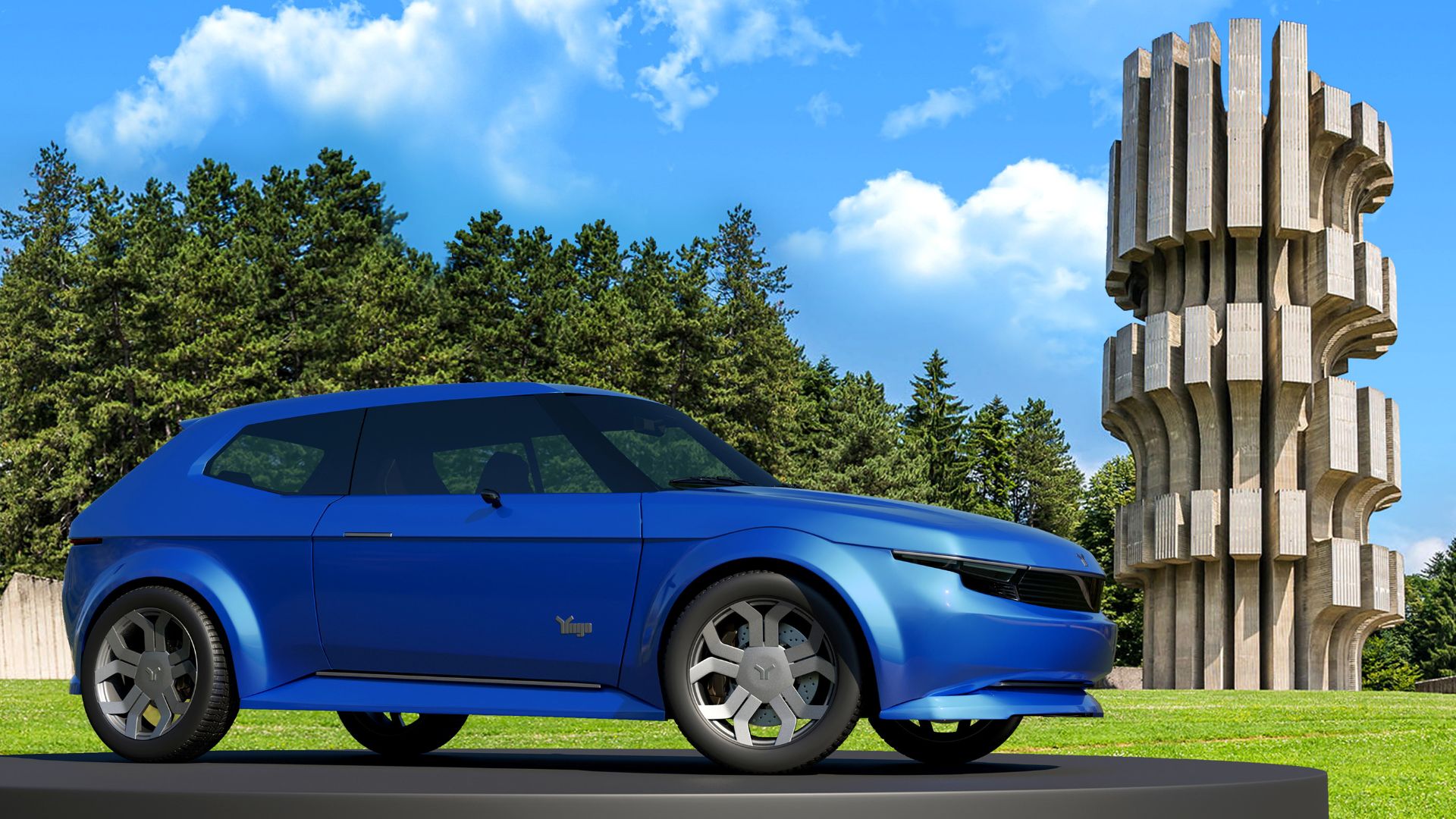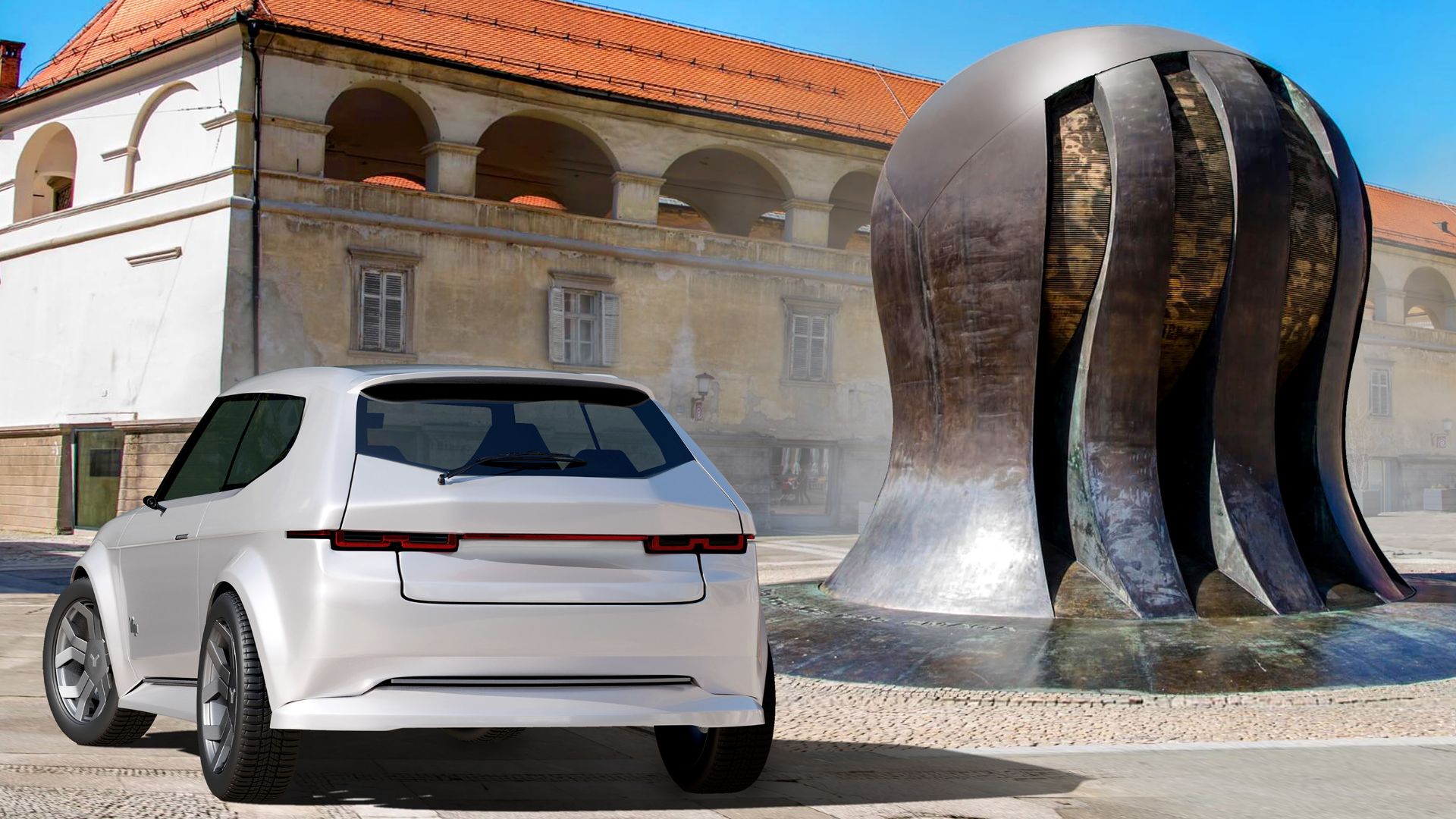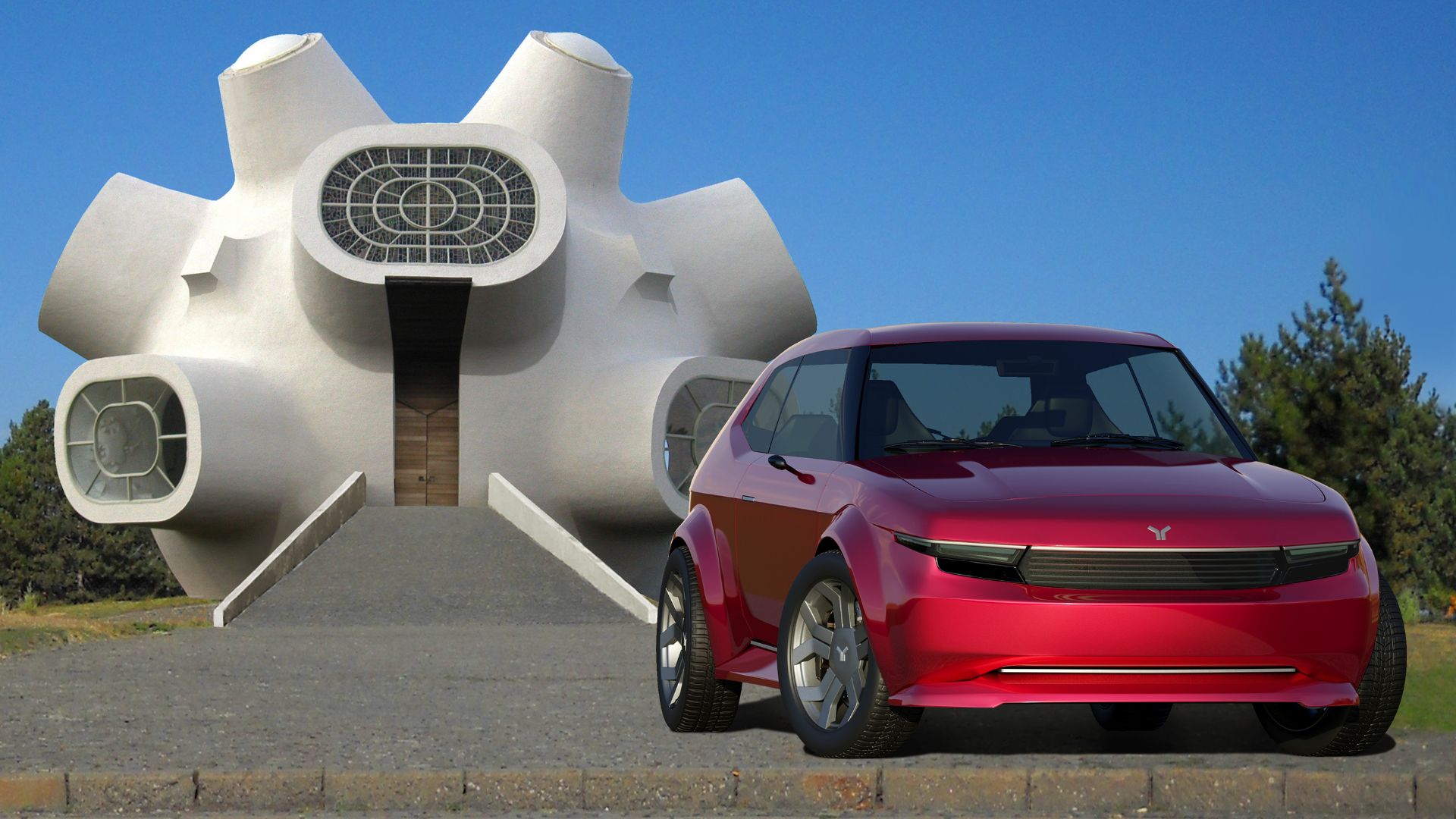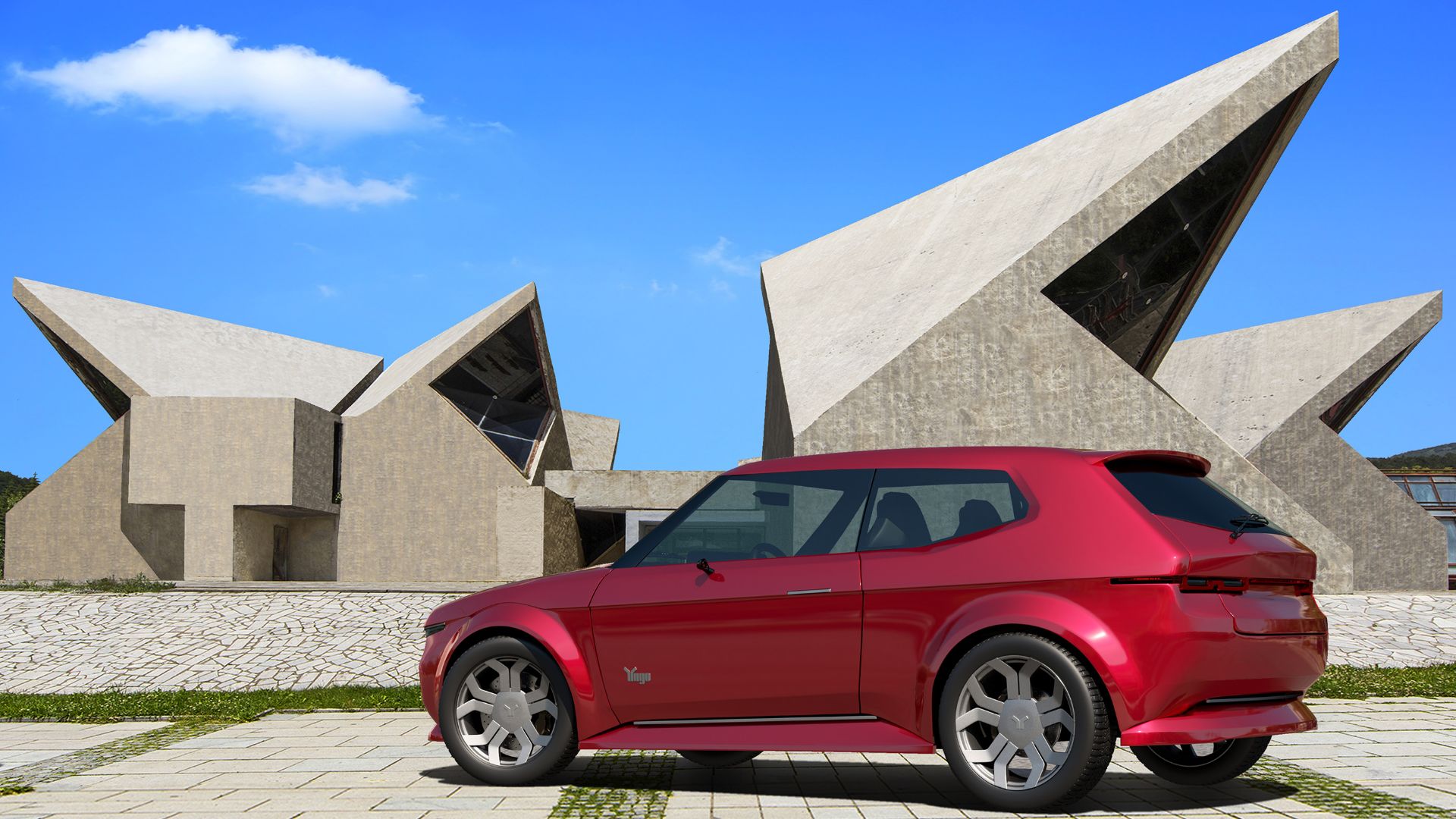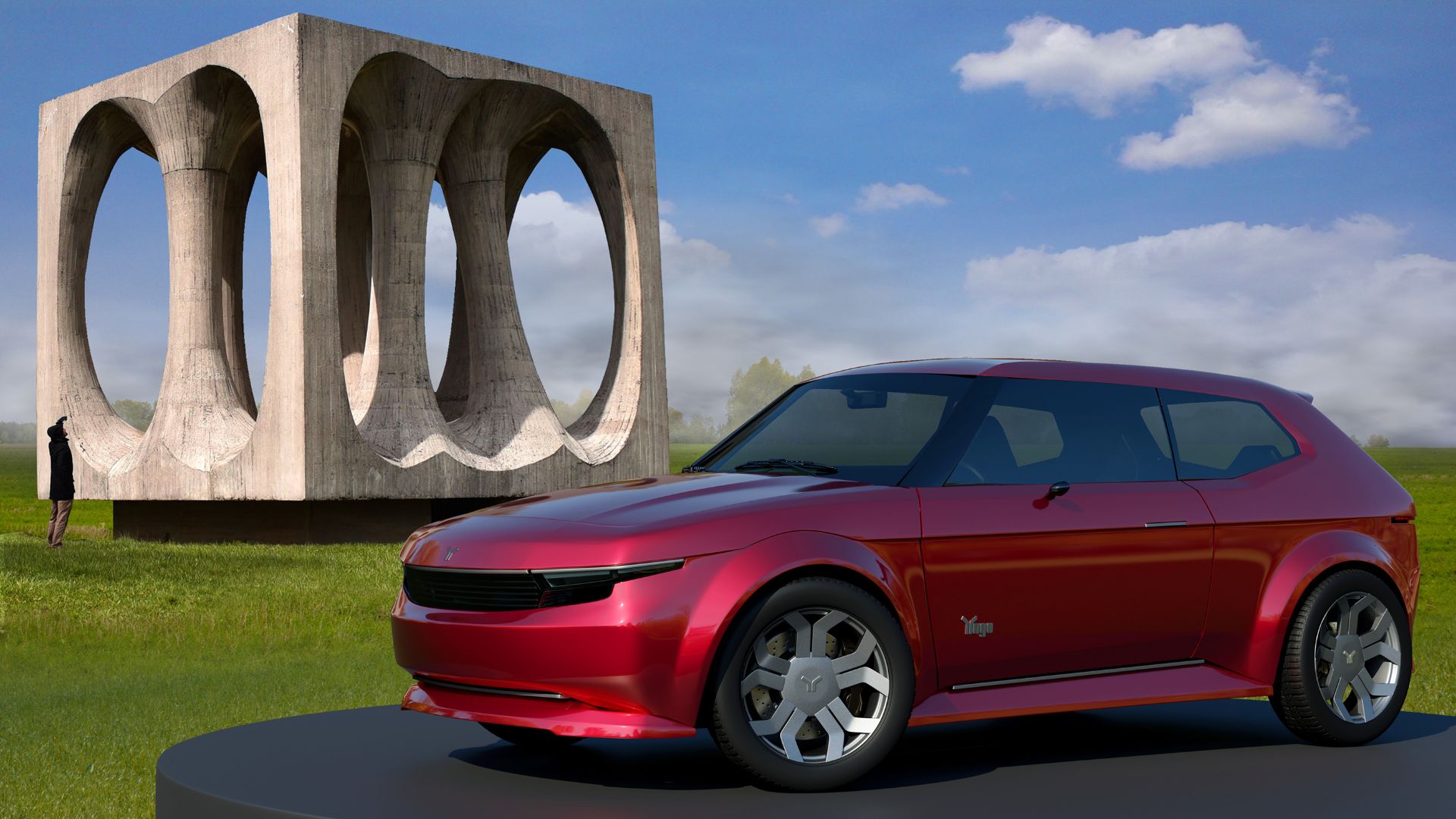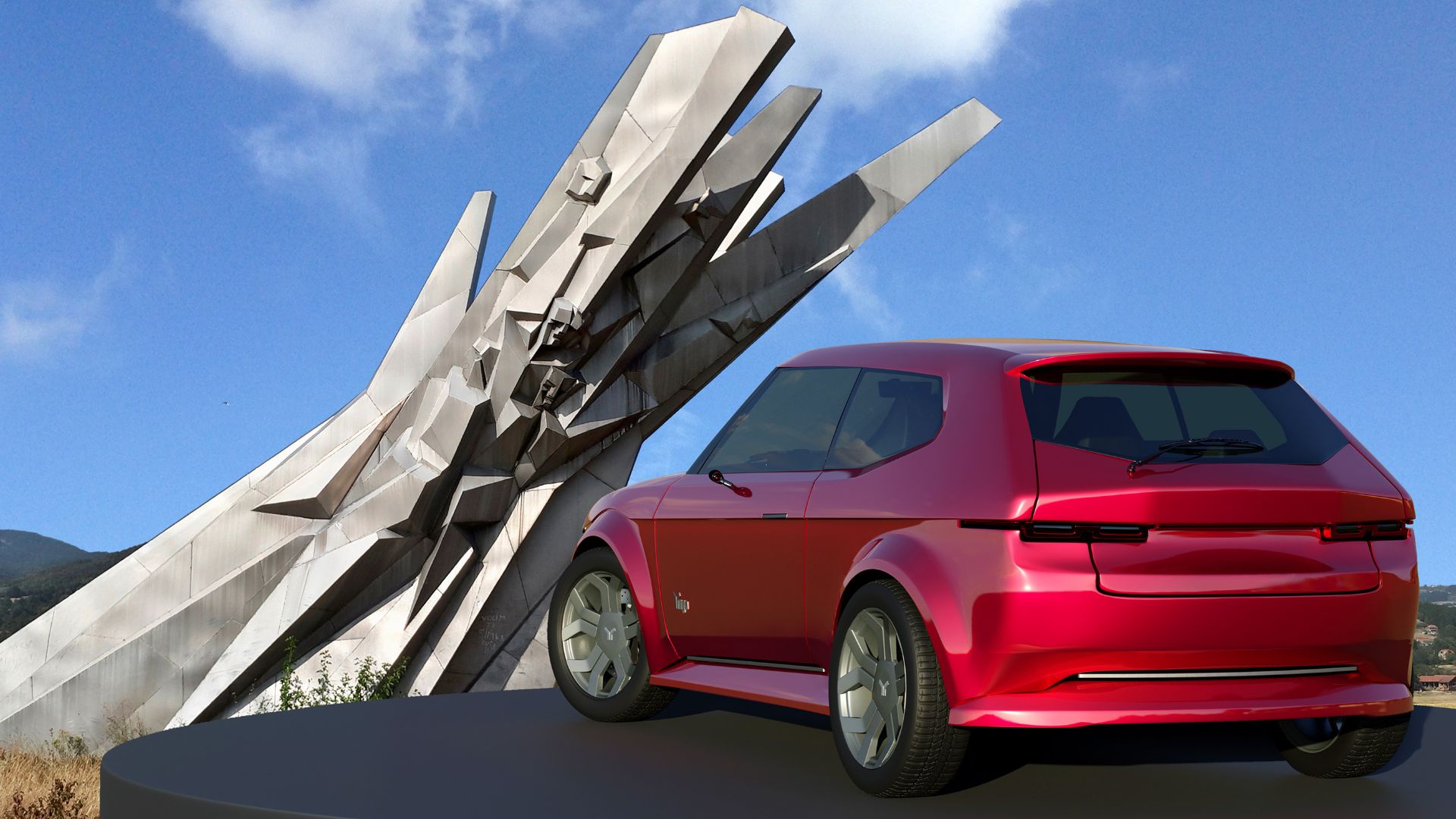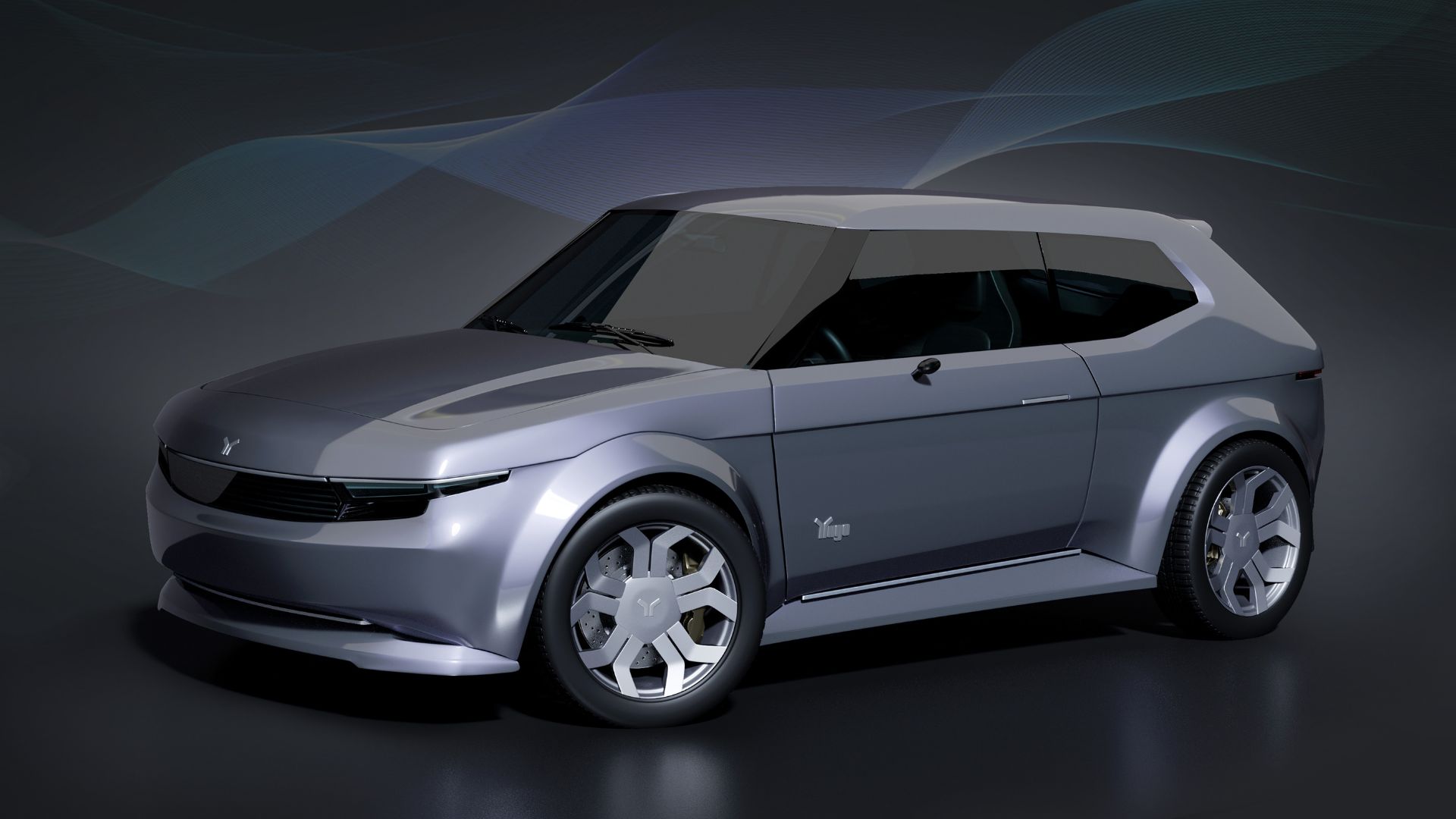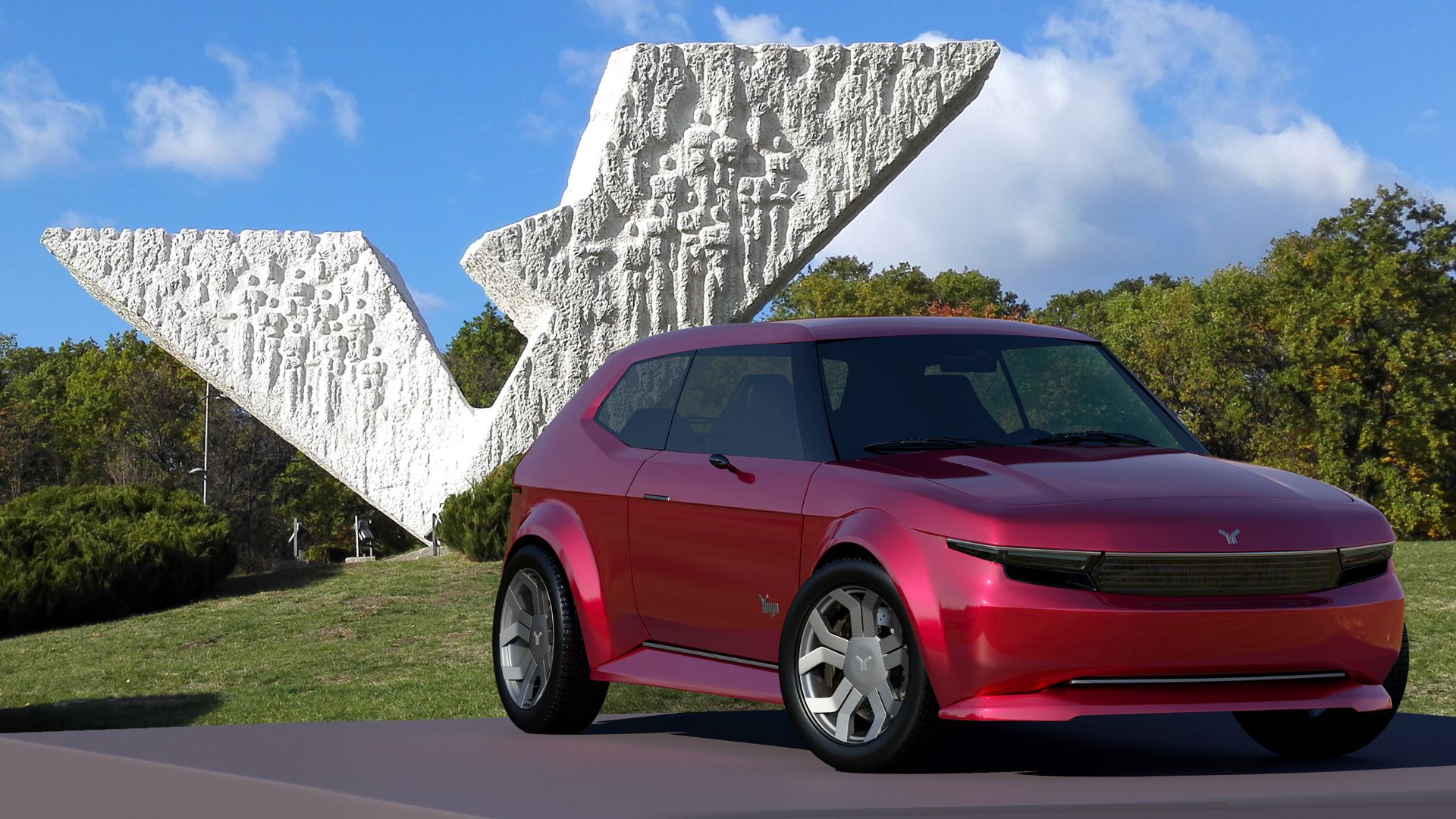This is an independent study for a reborn Yugo hatch conceived by automotive designer Dejan Hristov that is neither related to nor endorsed by the company.
Despite being a pretty basic form of transportation, the Yugo has a weird charm as a bare-to-bones vehicle that started from just $3,990 when it landed on US shores back in 1985.
Things didn’t turn out good for the bankrupt importer nor the Yugoslavia-based factory that was bombed by NATO forces during the war in the Balkan country, but the car somehow acquired a cult status. North Macedonian designer Dejan Hristov was inspired by the Yugo’s heritage and envisioned a modern version of the supermini with an electric powertrain.
Even after all these years, some still remember the Yugo fondly, so a modern version should share more than its name with its predecessor. Dejan used familiar styling cues including the curved bonnet, the wide grille housing the headlights, the horizontal character line, and the characteristic shape of the rear end as nods to the original.
See Also: VW ID. LIFE Previews Small EV That Will Launch In 2025 Priced At Around €20,000
For a modern and sporty look, the designer added bulged fenders, bumper extensions, black A-pillars, slimmer LED lights, and a sculpted windowline. For his renderings, he chose famous (ex) Yugoslavian monuments located in Kragujevac, Ostra, Ilirska Bistrica, Kolašin, Kruševo, Maribor, Skopje, Nikšić, Belgrade, and other cities.
As a fully electric supermini, a possible Yugo reincarnation could rival the likes of the Peugeot e-208, Opel Corsa-e, Renault 5, and Honda e in the B-Segment, with pricing closer to the Dacia Spring. Since the original Yugo had 45 hp of power, the BEV version could make do with a modest amount of power from its electric motor while retaining the signature FWD layout.
As a reminder, the Yugo was produced between 1980 and 2008 in Kragujevac, Serbia (then part of Yugoslavia), with a total of 794,428 units leaving the factory. It was based on the Fiat 128 (1969-2003) with an FWD platform and small-displacement four-cylinder engines.
In the US, a total of 141.651 Yugos were sold between 1985 and 1992 by entrepreneur Malcolm Bricklin. Despite making a great start due to its low price, serious quality and reliability issues harmed its reputation causing a huge sales decline, from 48,812 cars in 1987 to as little as 1,412 in 1992.
If you are wondering what happened to the state-owned Zastava Automobiles that produced the Yugo, it went bankrupt in 2017 after ceasing all vehicle production in 2008 and being acquired by Fiat. This means that a redesigned Yugo is highly unlikely to appear anytime soon.
Despite that, Dejan Hristov is planning on sending his project to the Serbian government, envisioning a new era for the Yugo. He suggests that Rimac Automobili from Croatia (also formerly part of Yugoslavia) could take part in the project, with development and production undertaken by Stellantis (owner of Fiat), Renault Group (owner of Dacia/Lada), or even a Chinese manufacturer. Production facilities in Serbia and locally sourced lithium for the batteries would lower the price as much as possible.








